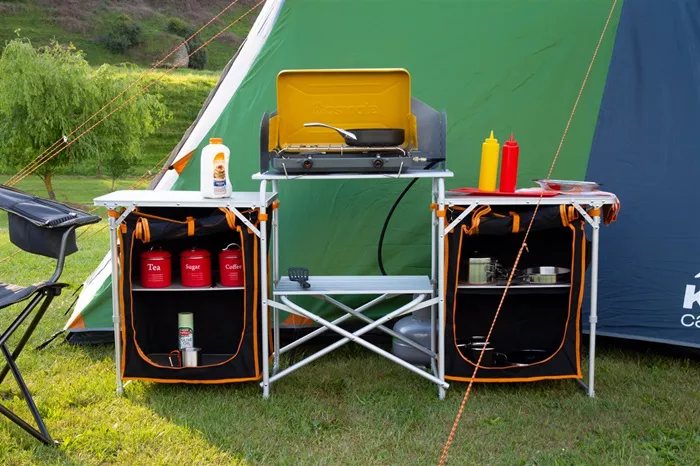When planning a camping trip, one of the most common questions is: “How much butane should I bring?” The answer depends on several factors that we’ll explore in this guide. As an experienced camper, I’ll share practical knowledge to help you calculate your butane needs accurately.
Butane is a popular fuel choice for campers because it’s clean-burning, easy to use, and widely available. Whether you’re cooking meals, boiling water, or heating your campsite, understanding your fuel requirements ensures you won’t run out in the wilderness or carry unnecessary weight.
Factors Affecting Butane Usage
1. Type of Camping Stove
Different stoves consume fuel at varying rates. The most common types include:
- Canister stoves: These attach directly to butane canisters and are popular for their convenience
- Liquid fuel stoves: These can use multiple fuel types but often have higher consumption
- Integrated canister systems: All-in-one units with optimized fuel efficiency
A standard canister stove typically uses about 8-10 grams of butane per minute on high heat.
2. Cooking Duration and Frequency
Your meal plans significantly impact fuel needs. Consider:
- Number of meals per day
- Cooking time per meal
- Water boiling requirements
- Special cooking methods (simmering, frying, etc.)
As a baseline, boiling 1 liter of water consumes about 6-8 grams of butane in normal conditions.
3. Environmental Conditions
Outdoor elements affect fuel efficiency:
- Altitude: Higher elevations require more fuel and time to boil water
- Temperature: Cold weather reduces canister pressure and efficiency
- Wind: Unprotected stoves lose significant heat to wind
- Humidity: Damp conditions may require more fuel for drying
In temperatures below 40°F (4°C), butane performance drops noticeably, and a propane-butane mix might be better.
Calculating Your Butane Needs
Basic Calculation Method
Here’s a simple formula to estimate requirements:
Total Butane (grams) = (Number of meals × Grams per meal) + (Liters of water × Grams per liter) + Safety margin
Typical values:
- Simple meal: 15-25 grams
- Complex meal: 30-50 grams
- 1L water boiling: 6-8 grams
Example Scenario
For a 3-day trip with 2 people:
- 6 breakfasts (simple): 6 × 20g = 120g
- 6 dinners (complex): 6 × 40g = 240g
- 12L water boiling: 12 × 7g = 84g
- Safety margin (20%): 89g
Total: 533g (about two 250g canisters)
Butane Canister Sizes and Options
Common canister sizes available:
- 100g (3.5oz) – Good for 1-2 person weekend
- 230g (8oz) – Standard size for small groups
- 450g (16oz) – Best for extended trips
- 1kg (35oz) – For base camps or large groups
Tips for Efficient Butane Use
- Use a windscreen: Can reduce fuel use by 30%
- Keep canisters warm: Store in your sleeping bag in cold weather
- Simmer instead of boil: Uses significantly less fuel
- Use lids on pots: Cuts boiling time nearly in half
- Plan meals wisely: Pre-cook complex items when possible
Alternative Fuel Options
While butane is convenient, consider these alternatives for specific situations:
- Propane-butane mixes: Better for cold weather
- Liquid fuel stoves: More reliable in extreme conditions
- Wood-burning stoves: Unlimited fuel source in forested areas
- Alcohol stoves: Lightweight but less efficient
Stove Maintenance for Optimal Performance
A well-maintained stove uses fuel more efficiently:
- Clean burner heads regularly
- Check for leaks before each trip
- Store canisters properly (upright, moderate temperature)
- Replace old or damaged seals
Emergency Fuel Planning
Always carry:
- 25% more fuel than calculated
- Backup cooking method (fire starters, emergency stove)
- Knowledge of alternative heat sources
Environmental Considerations
Practice responsible fuel use:
- Pack out empty canisters
- Choose appropriate canister sizes to minimize waste
- Consider refillable systems for frequent campers
Final Recommendations
For most 3-season camping:
- Solo campers: 100-200g per day
- Couples: 150-300g per day
- Groups of 4: 400-600g per day
Conclusion
Winter camping typically requires 25-50% more fuel. Always test your setup before trips to gauge actual consumption with your specific equipment.
By understanding these factors and doing simple calculations, you can ensure you have enough butane for comfortable camping without carrying excessive weight. Remember that experience is the best teacher – track your fuel use on each trip to refine your estimates for future adventures.
Happy camping, and may your stove always burn bright!
Related topics:
What Do I Need to Start Camping?
What Cooking Equipment Do I Need for Camping?
What Do You Need to Go Camping for One Night?

